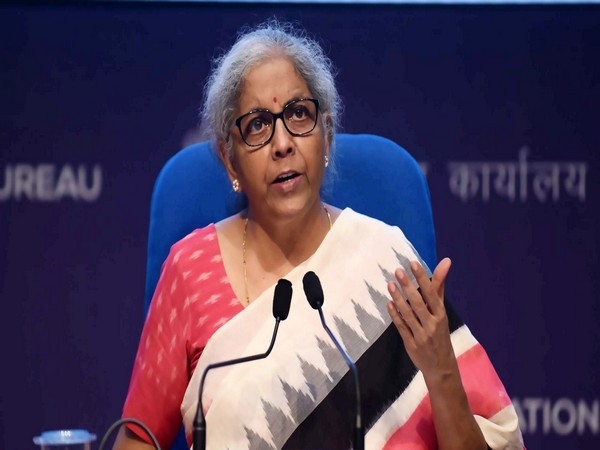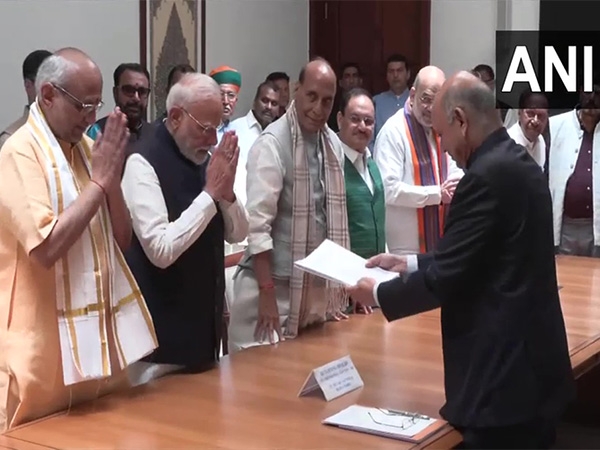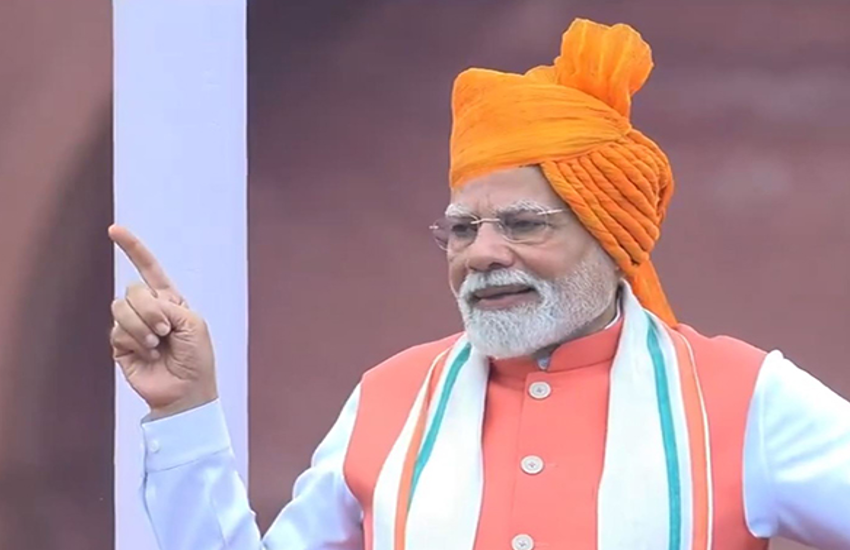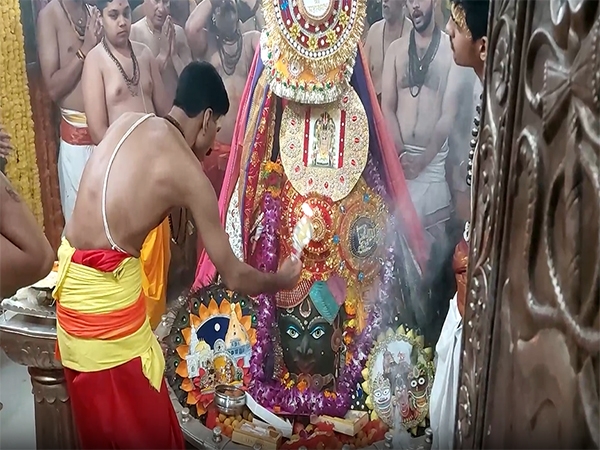The sizzling history of India's food and fasting traditions

Colleen Taylor Sen was not trained to be a food historian. Yet she has ended up being "a devotee and chronicler of South Asian food". She discovered Indian food through her marriage and is now considered to be virtually the last word on it. After three books with a distinct Indian connection - "Pakoras, Paneer, Papadums: A Guide to Indian Restaurant Menus ", "Curry: A Global History" and "Food Culture in India", Sen embarked on another ambitious project - to document the history of food in India.
The task was mammoth. There were only two books available for reference. Three years later, Sen is ready with "Feasts and Fasts: A History of Food in India", published by Speaking Tiger in India.
She begins at the beginning - the prehistoric era, studies the religious influences, the arrival of Marco Polo in 1292, the development of regional variations, the Partition of India in 1947 and the creation of tandoori chicken, a relative newcomer to the Indian table - the tandoori chicken was invented by the owner of Moti Mahal restaurant in Old Delhi. That man altered the recipe which he used in Lahore to suit the Indian palate after his move to Delhi post-Partition. Today, Tandoori chicken has a thousand fathers and uncountable fans. That's a bit of history that Sen gets home. Sen also tried out a couple of 14th century recipes. Sattu was one of them - a dish which is still popular in some parts of north India.
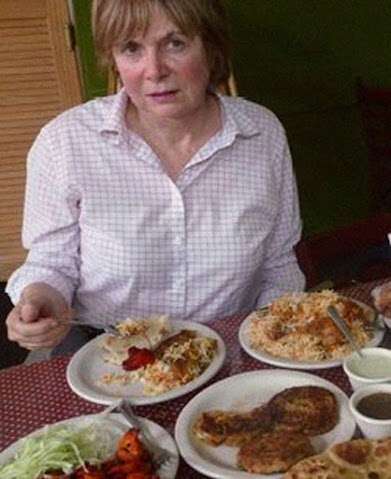
In an interview with Catch, she details why fasting is so important in India, explores how India is more than a country - it is a universe with dozens of languages, ethnicities, cultures and cuisines; and, why Indians have the world's greatest collective sweet tooth. She also explains why we may in fact, be eating a lot more spices in the belief that we would live longer and have more offspring.
Here are edited excerpts from the interview:
What is the genesis of fasting in India?
Fasting in India may have had its origins in the practices of ascetics in the first millennium BC. This was a turbulent time, and some people sought release by renunciation (sanyasa) - leaving a worldly existence to live in forest retreats and practicing austerities, especially with food.
Some renouncers would not eat a plant unless it had already fallen, would avoid the destruction of seeds and eat only the meat of animals already killed by beasts of prey. Others only ate food that was wild and uncultivated - a practice that survives to this day in the Hindu fast called phalahar. In this fast, people only eat ingredients called phala, those that grow without special cultivation, e.g., wild grains, vegetables, fruits, certain roots and tubers, leaves, and flowers. During these fasts, snacks are made of dried water chestnut flour or lotus seed flour instead of wheat and other grains.
The Sanskrit word for fasting, vrata, means a vow. Today, Hindus and Jains undertake a fast for many reasons. It can be a mandatory part of a religious festival, a form of worship, gratitude for a blessing, a petition to a god for a favour, an instrument of self-discipline, or a method of physical cleansing.
Among Hindus, fasting usually does not connote total abstention from food but rather a restricted way of eating. The dishes are always vegetarian. Prohibited foods generally include onions, turmeric, garlic, ginger, sea salt, and urad dal (perhaps because it is black and resembles meat and spices.)
At its least rigorous, it may mean cooking dishes in pure ghee instead of oil or replacing sea salt with rock salt. Sometimes only kaccha (e.g., boiled) foods are permitted. Meals might be only taken once a day in the morning. At the most rigorous, no food at all is eaten and only sips of water are allowed.
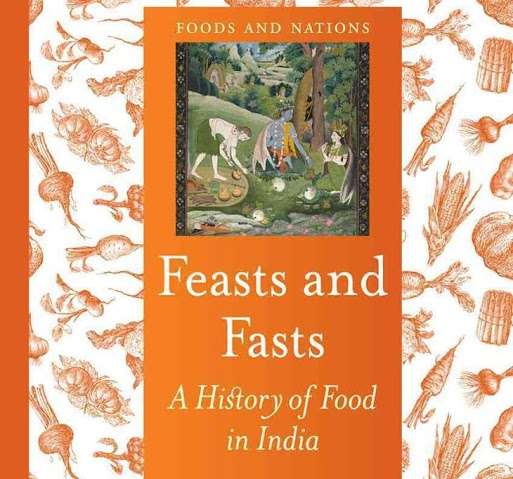
How is the Islamic fast different?
The Islamic fast, on the other hand, entails total abstinence from food and water during the fasting period from sunrise to sunset, during the lunar month of Ramadan. It is is a period of reflection, devotion, generosity and sacrifice. In the Qur'an, Muslims are commanded to fast so that they may learn self-restraint. By experiencing hunger and thirst, Muslims can sympathise with those who have little to eat. It is considered meritorious to feed people who have fasted, even in public settings such as mosques or gatherings.
The Ramadan fast is broken with a meal called iftar. It begins by eating dates in emulation of the Prophet Muhammad. In North India and Pakistan, savoury snacks such as pakoras and samosas, fruit chaat, dahi bara, and other light dishes may be served, followed by the sunset prayer, and then by a rich filling meal which varies throughout the subcontinent.
In Hyderabad and North India, an emblematic iftar dish is haleem, a thick porridge made of grains and meat while in some parts of South India, Muslims break their fast with nonbu kanji, a filling porridge made of rice, meat and vegetables. Kababs, biryani, meat curries may also be part of this meal.
How difficult is it to study a country's cuisine - especially India's?
India is more than a country; it is a universe - with dozens of languages, ethnicities, cultures - and cuisines, so it is very difficult, if not impossible, to give every cuisine the attention it deserves. Much information about local and regional cuisines is available only in local languages in historical documents and old books. I hope many books on the history of Indian food will be written in the near future.
Do the texts emphasise the goodness of a vegetarian diet?
No, they tend to emphasise the spiritual benefits more than the health benefits. Even classical Ayurveda recommends meat for some ailments.
Why do Indians love an excess of both - sugar and spices?
It's been said that Indians have the world's greatest collective sweet tooth and there are several reasons for this. First of all, sugarcane was grown in India from very early times and Indians were converting sugar cane to gur, kandy, and other products as early as the third century.
Thus, India has the world's longest tradition of sugar consumption. Early on Indian sweetmakers discovered new and tempting ways of combining sugar with milk, ghee, grains and other ingredients to produce the world's most delicious sweets. Sugar is a source of energy for working people, while the other ingredients may also be sources of nutrition.
Sweets are associated with festivals, weddings, birthdays, and almost every happy occasion. Because ghee and milk are considered to be already cooked and ritually pure, they can be eaten by anyone. Many explanations have been offered for the intensive use of spices in India, Mexico, and other hot countries - and most are myths. Hot spices do not, for example, induce enough perspiration to cool our bodies down. Nor do they mask the flavor of tainted meat, since those who eat such food would be likely to fall ill and die!
Spices provide nutrients such as Vitamin A and C, but in very small amounts. The latest theory, backed by a body of scientific evidence, is that a taste for spices evolved over the centuries in hot climates because they contain powerful antibiotic chemicals that can kill or suppress the bacteria and fungi that spoil foods.
Some spices can kill or stop the growth of dozens of species of bacteria, the most potent being garlic, onion, cinnamon, cumin, cloves, and chilies. The antibiotic effects are even more potent when spices such as chilies, onions, garlic, and cumin are combined with each other. A lot of serious research is going on into the benefits of spices, especially turmeric. Thus, according to Darwin's theory of natural selection, people who ate a lot of spices would live longer and have more offspring.
From a culinary point of view, spices add flavor, texture, and body to dishes. They provide excitement at low cost for poor people whose diet is otherwise bland and unvarying.
Why is the onus of fasting mostly on women - Karva Chauth for example?
Karva Chauth is a one-day fast celebrated in Northwestern India during which women fast and pray for the health and safety of their husbands. It may have originated at a time when men went to war and their wives prayed for their safety. But it also serves a useful role as forum for women to bond with each other and perhaps a way of introducing new brides to the community.
In general Hindu women fast more than men, but this may be because in the old days women stayed home while their men were working in the fields or offices and could not fast so easily.
Edited by Ranjan Crasta
More in Catch
Exclusive: Indians at risk of bioterror as food regulator looks away
We know you love natural food. But can you define it?
First published: 29 June 2016, 9:34 IST
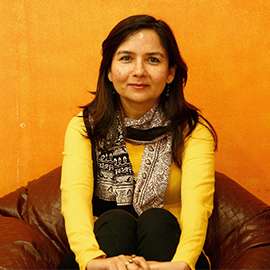


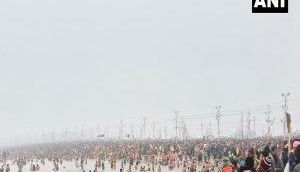


![BJP's Kapil Mishra recreates Shankar Mahadevan’s ‘Breathless’ song to highlight Delhi pollution [WATCH] BJP's Kapil Mishra recreates Shankar Mahadevan’s ‘Breathless’ song to highlight Delhi pollution [WATCH]](https://images.catchnews.com/upload/2022/11/03/kapil-mishra_240884_300x172.png)

![Anupam Kher shares pictures of his toned body on 67th birthday [MUST SEE] Anupam Kher shares pictures of his toned body on 67th birthday [MUST SEE]](https://images.catchnews.com/upload/2022/03/07/Anupam_kher_231145_300x172.jpg)


